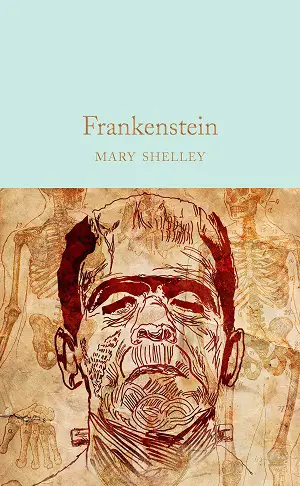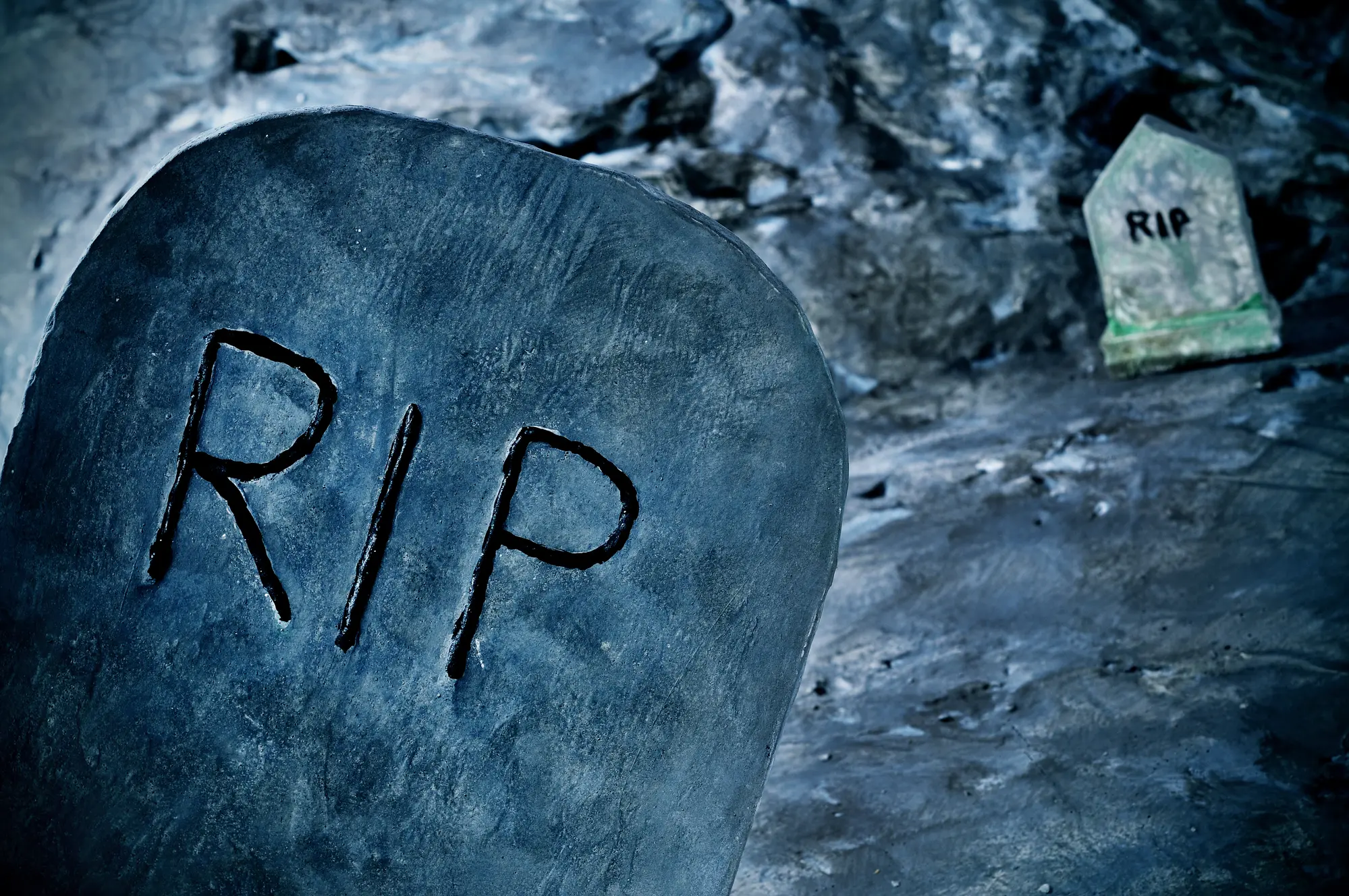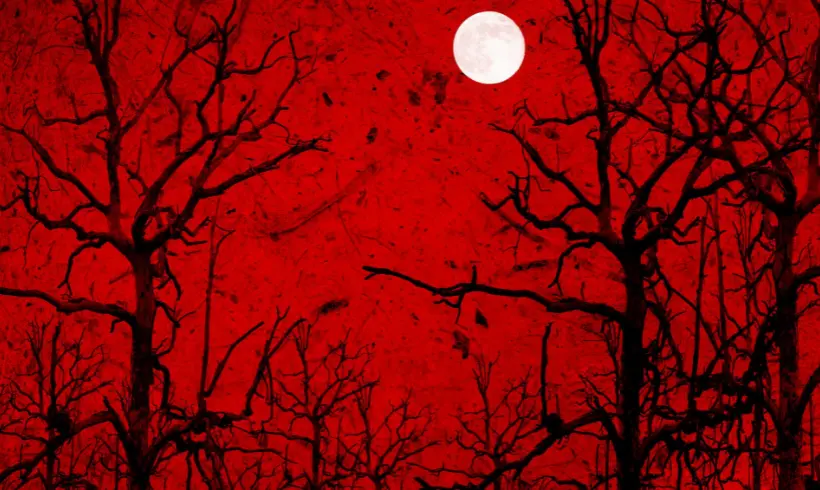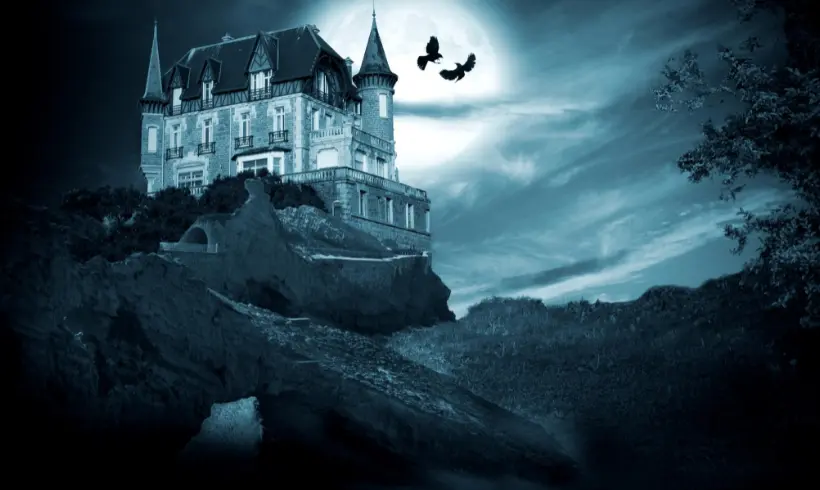If you have read a horror story or novel, you will know that this fiction genre is designed to scare or create a feeling of uneasiness.
The stories of ghosts, monsters or any terrifying situation, show the darkest side of the human being, something with which readers connect very well.
Since its origins, horror literature has explored the everlasting mystery of death and human evil.
Despite the aversion or repulsion we as readers may feel when reading these stories, we can always land on safe ground after reading their pages.
Paranormal horror, like ghost stories, has been around since humans discovered the craft of storytelling.
During the last centuries, horror literature has redesigned its values to offer truly shocking tales and novels. But where did it all begin? Here, we tell you.
At the end we invite you to visit:
| Free Books: 100+ Horror Books for Free! [PDF]
| Best Books: The Best 25 Horror Books [Paid]
| Horror Authors: 15 Authors of Horror Books You Must Read
Origin of horror stories
It is no secret that horror stories are born from two main sources: religion and popular beliefs.
Many of the characters in horror stories are developed from beliefs that have been passed down through generations.
It doesn’t matter if it’s a straightforward horror story or a psychological horror novel.
Throughout history, we have seen werewolves, spirits, vampires and even ordinary people who look like a good neighbor and end up being serial killers.
The influence of the Greeks and Romans
Although authors such as Stephen King and Edgar Allan Poe have become benchmarks of the genre, the precursors of horror are as old as Homer’s Odyssey.
In this story, Odysseus must face several witches. If we want to look at religious texts, the Bible is full of terrifying events, especially in the book of Revelation.
In Ancient Greece, there were horror tales about vampires (lamiæ or empusæ, in Greek).
Phregon of Trales, a Greek writer and historian, wrote a story in which a woman returns from the dead to have sex with a young man.
The influence of the Greeks is notable in horror fiction in Europe, as are the tales of Ancient Rome.
Mary Shelley is one of the most representative examples. Her emblematic novel, Frankenstein or the Modern Prometheus, is inspired by the story of Hippolytus, who is resurrected by Asclepius.
Pliny the Younger (61 BC), an author of Ancient Rome, told the ghost story of Athenodorus, a man who bought a haunted house in the city of Athens.
Apuleius, also a Roman, considered the most influential Roman author of the second century, told stories of multiple encounters with vampires, witches or sorcerers.
The horror story as a literary genre
After a medieval period in which ghost and werewolf stories were also known in Europe, the 19th century represented the development of horror fiction as a literary genre.
This occurred thanks to the beginning of the Gothic literature movement, with stories such as Horace Walpole’s The Castle of Otranto (1764).
Walpole was crucial to the development of the genre, as he was responsible for creating a terrorific atmosphere in the story.
The resounding success of The Castle of Otranto inspired other authors to explore the genre. Matthew Lewis did the same with the novel The Monk, a story of corruption within the clergy. Ann Radcliffe was another notable author of this period.
All of these writers paved the way for the next generations of horror authors that came along in the 19th century, such as Bram Stoker, Robert Louis Stevenson and Mary Shelley.
Most representative authors of the horror genre
Stephen King
It probably won’t come as a surprise to you that “the master of horror” is the first author on our list.
King’s literary output includes at least 80 books, most of which have become bestsellers around the world. He is undoubtedly the most influential horror writer of our time.
Stephen King published his first horror story in 1967. Four years later, he published Carrie, the novel with which he debuted as an author and his first bestseller. Some of the author’s most representative works are:
- Pet Cemetery (1983)
- The Shining (1977)
- The Stand (1978)
- Carrie (1974)
- Salem’s Lot (1975)
Edgar Allan Poe
Edgar Allan Poe is one of the most respected storytellers of all time. His life took place between 1809 and 1849, with a death that was shrouded in mystery, just like his stories.
He is considered one of the most analytical cultivators of the horror story and the master of the genre, not for having invented it, but for having shaped it.
Some of the author’s most important works include:
- The Raven (1845)
- The Tell-Tale Heart (1843)
- The Fall of the House of Usher (1839)
Bram Stoker
Bram Stoker was an Irish novelist recognized as one of the most influential authors of the horror genre. His most important work is Dracula, published in 1897.
The novel depicted one of the most famous characters of the time: the vampire count who inhabits Transylvania. The novel was a best seller and a reference for multiple film adaptations.
Otras obras representativas del autor son:
- Dracula (1897)
- Dracula’s Guest and Other Weird Stories (1914)
- The Jewel of Seven Stars (1903)
Clive Barker
Clive Barker is one of the most important playwrights of the horror genre and one of its most praised writers.
Books of Blood, his first collection of horror short stories, was one of the most praised works of its time. Barker blends fantasy and horror with one goal in mind: to challenge traditional rules.
He was awarded an Oscar for Best Adapted Screenplay for his participation in Gods and Monsters. Among the author’s most notable works are:
- Books of Blood, Vol. 1 (1984)
- The Hellbound Heart (1986)
- Weaveworld (1987)
H. P. Lovecraft
He was one of the most influential and innovative writers of the genre, thanks to his contributions to the horror story. The author included his own mythology, which he developed together with other authors of his time.
Critics consider his work as a reference of cosmic horror, a type of narration that moves away from the supernatural and includes science fiction elements, such as time travel. Some of his most important books are:
- The Call of Cthulhu (1928)
- At the Mountains of Madness (1936)
- The Case of Charles Dexter Ward (1943)
- H.P. Lovecraft Tales of Terror (1926)
The first horror book
Frankenstein or the Modern Prometheus by Mary Shelley

This is one of the classics of universal literature. Published in 1818, Frankenstein represented an original proposal, since it dealt with themes such as ethics, progress, good, evil, self-acceptance, revenge and prejudice.
It is one of those books to which you can always return without regrets.
Mary Shelley published this novel with the subtitle The Eternal Prometheus. It would be no coincidence. The story of the Titan god of Greece is linked to the story of the monster Frankenstein.
The characteristics that made Prometheus a legend were the same ones that condemned him eternally. Prometheus defied the gods, and they unleashed all their wrath against him.
Something similar would happen with Victor Frankenstein, a young student whose ambition leads him to give life to a “lifeless thing”.
The author seems to prepare readers for the terrifying fate that awaits Frankenstein because of his terrible experiment. Prometheus regretted his actions, but Victor Frankenstein only fled the scene he created.
The mystery and terror contained in this story has the author’s personality, almost always marked by a tone of speculation, but always with a scientific approach.
In this way, she showed concepts such as bioelectricity and galvanism, but also delved into the universe of monsters.
This book is simply a reflection of our restlessness as human beings and our eagerness to innovate, something that may not always bring positive consequences.
The author, through Victor, warns of the risk of crossing certain limits, such as the natural laws of life.
Other articles that may interest you

On this occasion, we will delve into this type of literary fiction, we will tell you what psychological horror is,…

The dictionary defines horror as a genre of fiction that has the purpose of making us feel fear, repulsion, and…

Surely you are wondering what is the most terrifying horror book in the world and that is why you are…

Looking for horror books made into movies? There are many adaptations, but here we will tell you about the most…

When we talk about horror book sagas, there is a wide range of options. As with fantasy, adventure, or sci-fi,…







